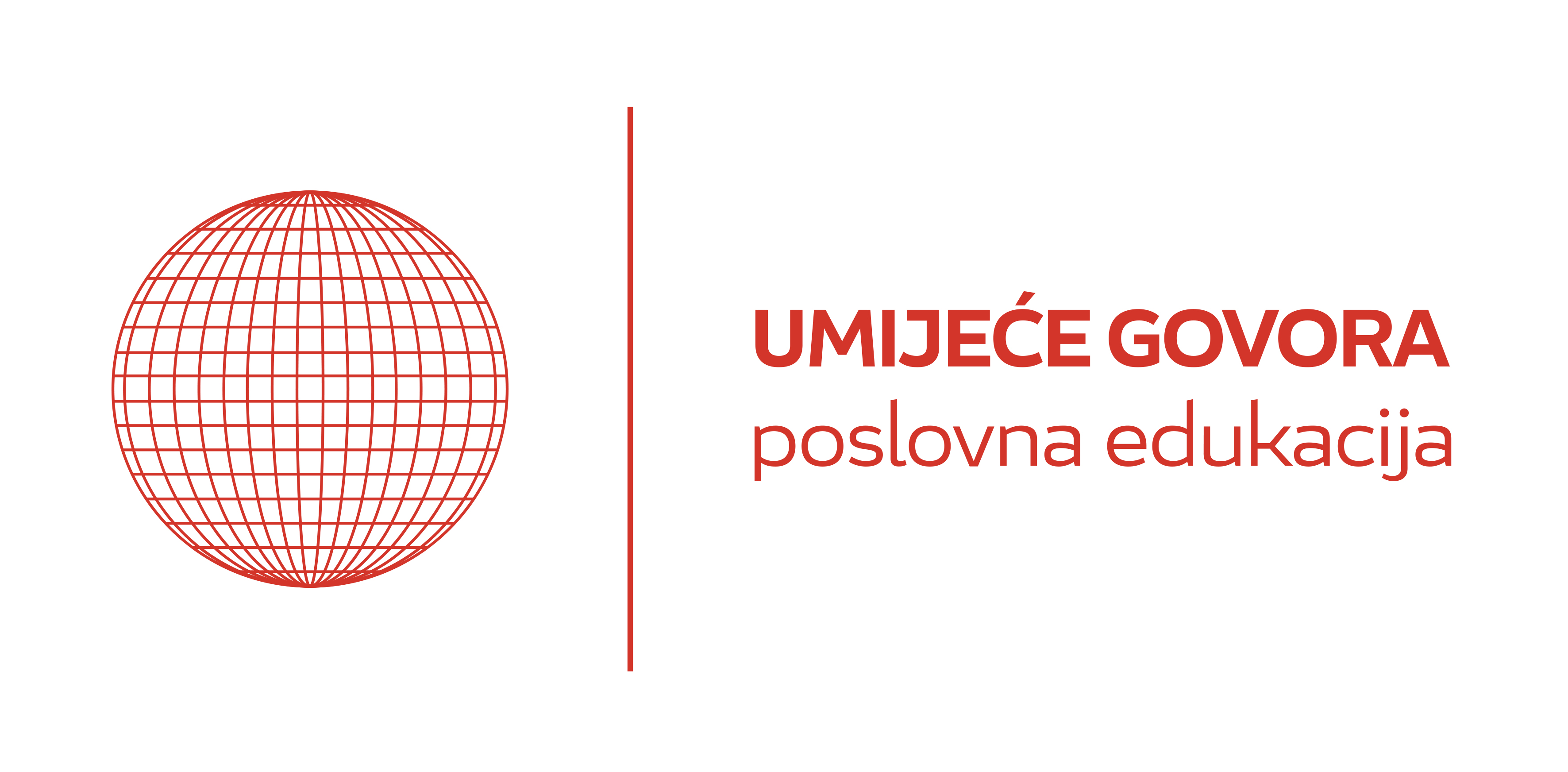NEXT NORMAL FOR COMMUNICATORS
Jagoda Poropat Darrer
Next Normal for Communicators
Objavljeno u časopisu Diplomacy and Commerce u Online specijalu za svibanj 2020. godine.
As the question of what would the post-pandemic world look like rises all over the media, the communicators too face a next normal in which the new four C’s emerge.
According to United Nation Developing Program the coronavirus COVID-19 pandemic is the defining global health crisis of our time and the greatest challenge we have faced since World War Two. Since its emergence in Asia late last year, the virus has spread to every continent except Antarctica. As the world is slowly reopening its door to economy, it is fair to ask ourselves how this next normal will work.
Due to the lockdown, every event from March by now has been cancelled, and it happened to the world known communication festival in Croatia Dani komunikacije as well. To recreate the feeling and to spread some new knowledge, the organizers came up with the idea to set up webinars. The one held by Marin Salzman, Senior Vice President, Global Communications for Philip Morris International – Strange days for communicators and the World tackled the next normal for communication industry. „We’ve come to expect the unexpected – and it’s not all bad “, Salzman started her online presentation, and continues by quoting New York Gov. Andrew Cuomo, who isn’t exactly known for being warm and fuzzy:
„Be a little bit more sensitive, understand the stress, understand the fear, be a little bit more loving, a little bit more compassionate, a little bit more comforting, a little bit more cooperative…we are going to get through it, and we are going to get through it together.“ In the line with that advice, Salzman emphasized four new directions and definition to be added to the known ones to mark that way the new era: Compassion, Camaraderie, Civility, Community.
As the world faced the global lockdown social distancing became so social. Downloads of Houseparty video chat app increased from 24,795 on February 15 to 651,694 on March 25 according to Apptopia, and the market share of ZOOM Communications jumped by 130%.
Internet is now a window to the world, new reality. As stated Salzman – media consumption is all consuming. Me personally found out that I am spending much more time on my cell phone then I was doing that before the pandemic. From 2.5 hours my online presence jumped to over six hours. „Netflix added 15MM subscribers in Q1 2020 – but warned investors the lockdown surge will likely mean a slowdown in organic growth post-pandemic. And there’s the rub: Once we’ve settled into our new normal will we see a precipitous drop? Communities are rallying around local businesses, and corporations are mobilizing to support workers and ease isolation. We are finding innovative ways to reach out. “, states Salzman.
„Marketers need to be thinking about creative and personal ways to contribute. For example, by supporting struggling businesses and the unemployed, lifting people’s spirits and giving them hope, as well as offering opportunities to join community efforts and help those in need. We want to know businesses are doing all they can to protect jobs and salaries during and beyond the crisis. Innovate to support and help as LVMH did converting three of their perfume manufacturing facilities to make hand sanitizer long before others. There has been no better time for brands to step into the spotlight and show what they are made of – and how they’re contributing to the greater good. Action over words, People over short-term profits, Vision over self-interest. “, concludes Salzman.
According to one study (mckinsey.com), more than three billion people live in countries whose borders are now totally closed to nonresidents; 93 percent live in countries that have imposed new limits on entry, because of the coronavirus. Eventually, the tourists will come back and the borders will reopen, but it is certainly possible that the previous status quo will not return. In three areas in particular—digital commerce, telemedicine, and automation—the COVID-19 pandemic could prove to be a decisive turning point. However, given the general shortage of optimism at the moment, it may be good to consider a few encouraging possibilities. One has to do with the human imperative to communicate. In this sense, the death of distance continues to be very real, and very positive. Individuals, communities, businesses, and governments alike are all learning new ways to connect: almost everyone knows a story of the grandparent who finally learned to Zoom, Skype, or FaceTime (Harter, 2020).
Gallup researchers find the percentages that prefer continuing to work from home are highest in technology, insurance, arts, entertainment, media, finance and professional services. Those with lower preference to work from home in the future include education, retail, transportation and construction. One thing we know for sure: Gallup research reveals that the relationship between remote work and employee engagement is complex. Those with some remote work options have the highest employee engagement, while those with no remote option and those who work remotely 100% of the time have somewhat lower employee engagement (gallup.com).





